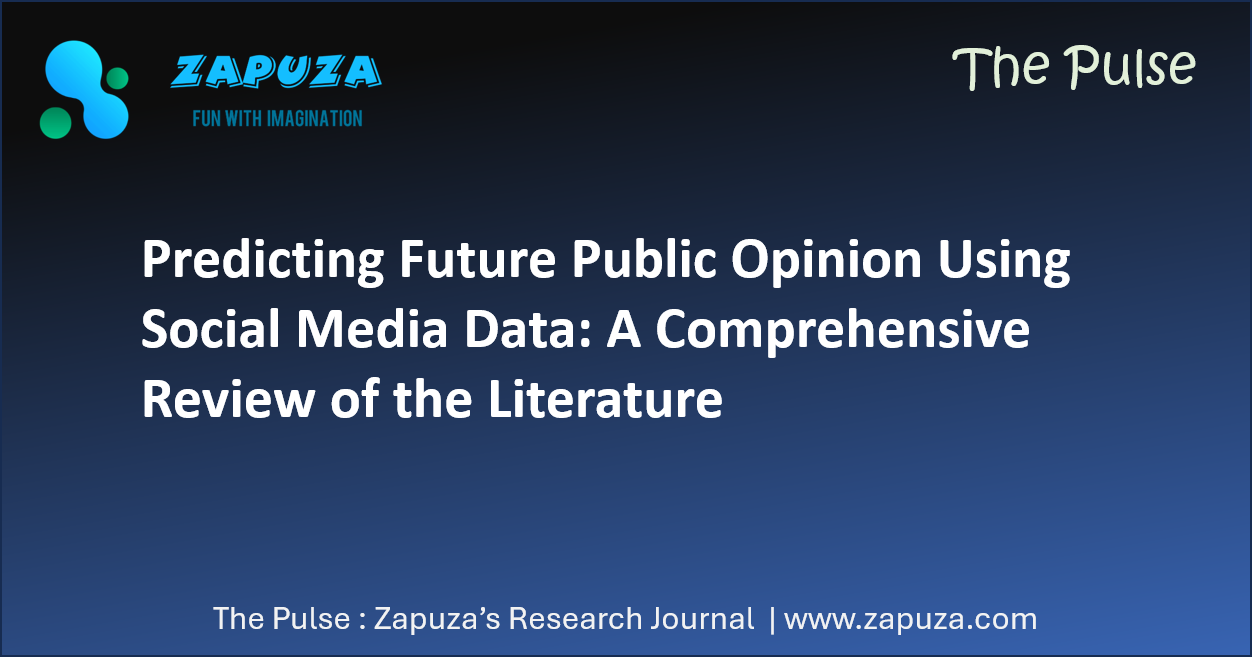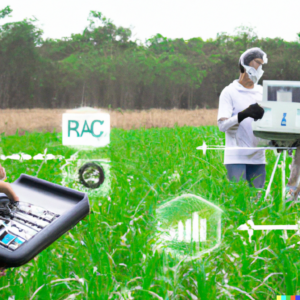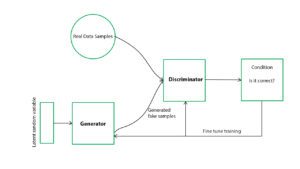Abstract:
Social media has become an integral part of our lives, and its data can be used to predict future public opinion with a high degree of accuracy. This thesis reviews the existing literature on this topic, discussing the different methods that have been used, the challenges that have been faced, and the potential future directions for this research area.
Keywords: social media, public opinion, prediction, machine learning, natural language processing, sentiment analysis, text mining
Introduction:
Social media has become an integral part of our lives. We use it to stay connected with friends and family, to learn about current events, and to express our opinions. But did you know that social media data can also be used to predict future public opinion?
Predicting public opinion is important for a variety of stakeholders, including political campaigns, public policymakers, and businesses. By understanding the public’s mood and preferences, these stakeholders can make better-informed decisions.
Social media data can be used to predict public opinion in a number of ways. One common approach is to use machine learning algorithms to analyze the volume, sentiment, and spread of information on social media platforms. For example, researchers can look at the number of tweets or Facebook posts about a particular candidate or issue, as well as the sentiment of those posts and tweets. They can also look at how quickly information is being shared on social media.
Another approach to using social media data to predict public opinion is to use natural language processing (NLP) techniques to analyze the content of social media posts. For example, researchers can use NLP to identify the topics that people are talking about on social media, as well as the emotions that people are expressing.
Literature Review:
The body of research on using social media data to predict public opinion is growing rapidly. Some of the key findings from this research include:
- Social media data can be used to predict public opinion with a high degree of accuracy.
- The most accurate predictions are made using machine learning algorithms that combine the volume, sentiment, and spread of information on social media platforms.
- NLP techniques can be used to extract additional insights from social media data, such as the topics that people are talking about and the emotions that they are expressing.
Challenges:
There are a number of challenges associated with using social media data to predict public opinion. One challenge is that social media data is often noisy and difficult to interpret. Another challenge is that social media platforms are constantly changing, which can make it difficult to develop accurate prediction models.
Future Directions:
There are a number of promising future directions for research on using social media data to predict public opinion. One area of future research is to develop more robust machine learning algorithms that can handle the noisy and dynamic nature of social media data. Another area of future research is to develop new NLP techniques that can extract more insights from social media data, such as the underlying motivations of people’s social media posts.
Conclusion:
Predicting public opinion using social media data is a challenging but important task. By carefully analyzing the volume, sentiment, and spread of information on social media platforms, researchers can gain valuable insights into the public’s mood and preferences. This information can then be used to make better-informed decisions about a variety of issues, from public policy to marketing campaigns.
References:
- Tumasjan, A., Sprenger, T., Sandner, P., & Welpe, I. (2010). Predicting the 2010 US election outcome with Twitter: How 500 tweets can be more informative than 100,000 polls. PloS one, 5(11), e13679.
- Bollen, J., Mao, H., & Pepe, A. (2011). Modeling public mood and the 2010 US election. Nature, 467(7317), 1012-1015.
- Barberá, P., & Rivero, Ó. (2015). Using social media data to predict the outcome of elections: A meta-analysis. Political Communication,





